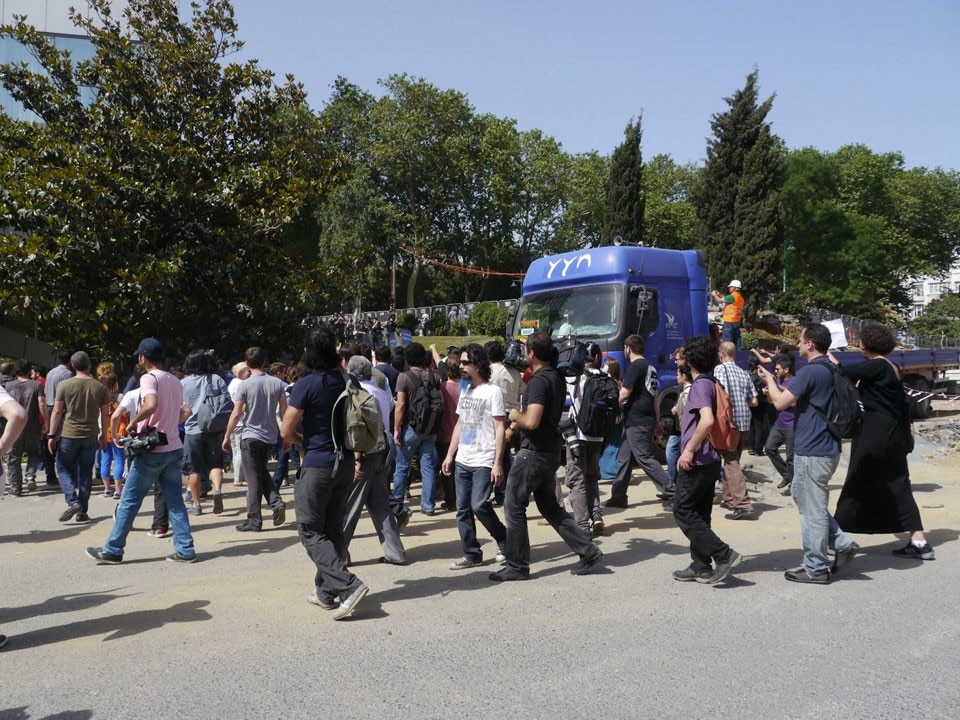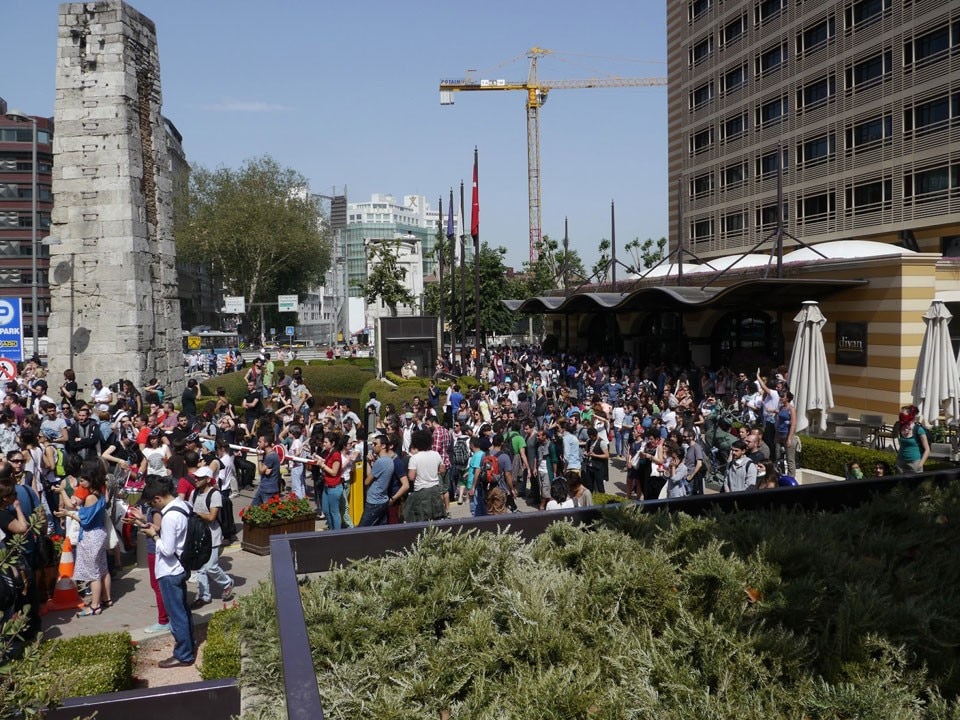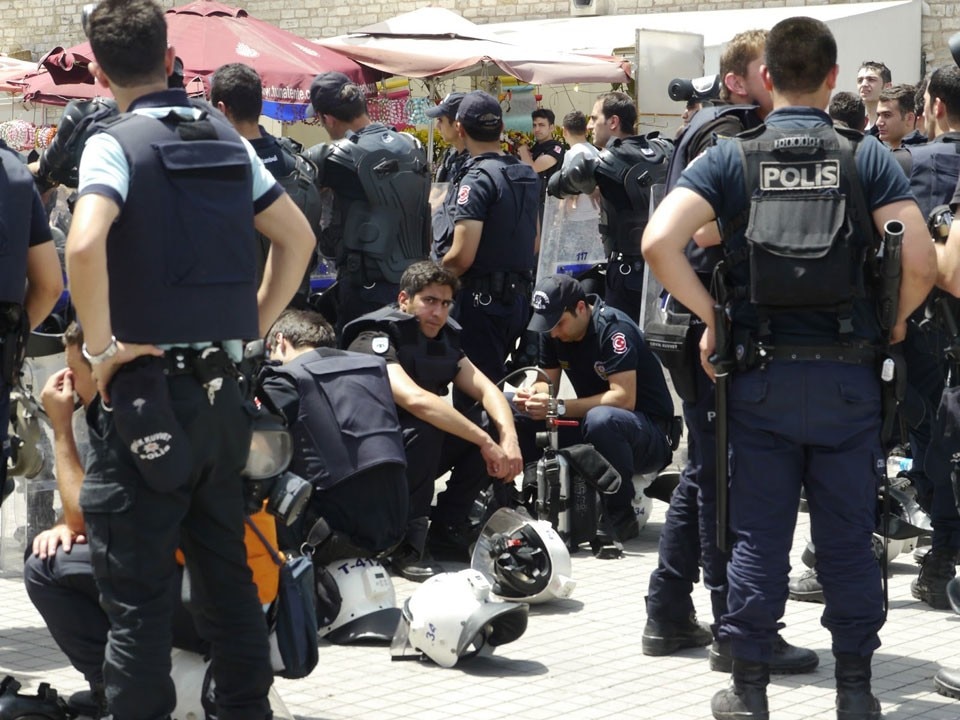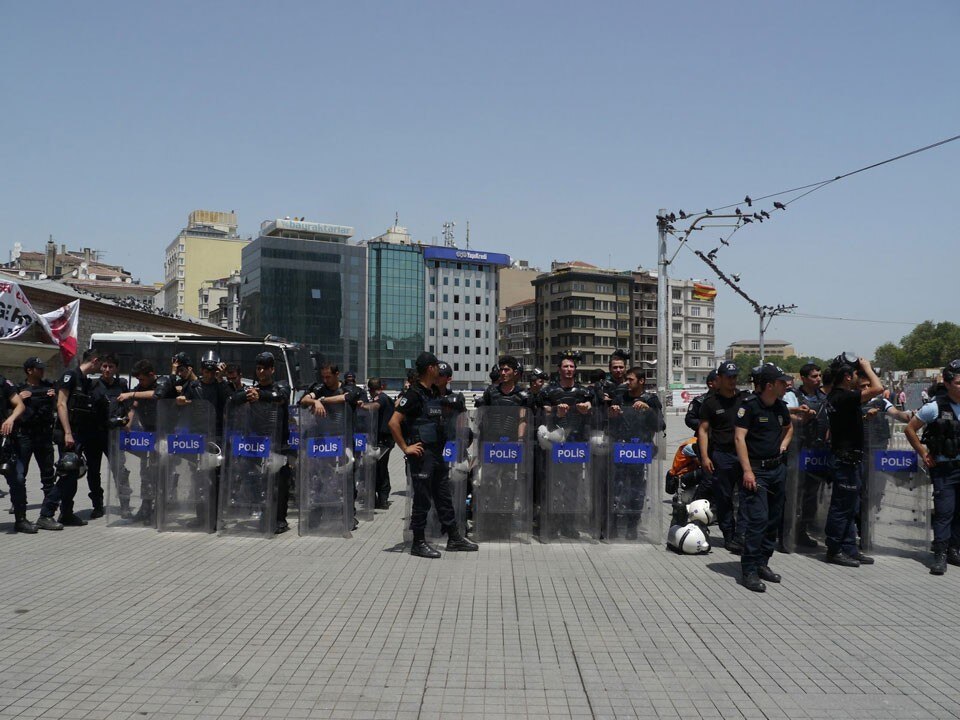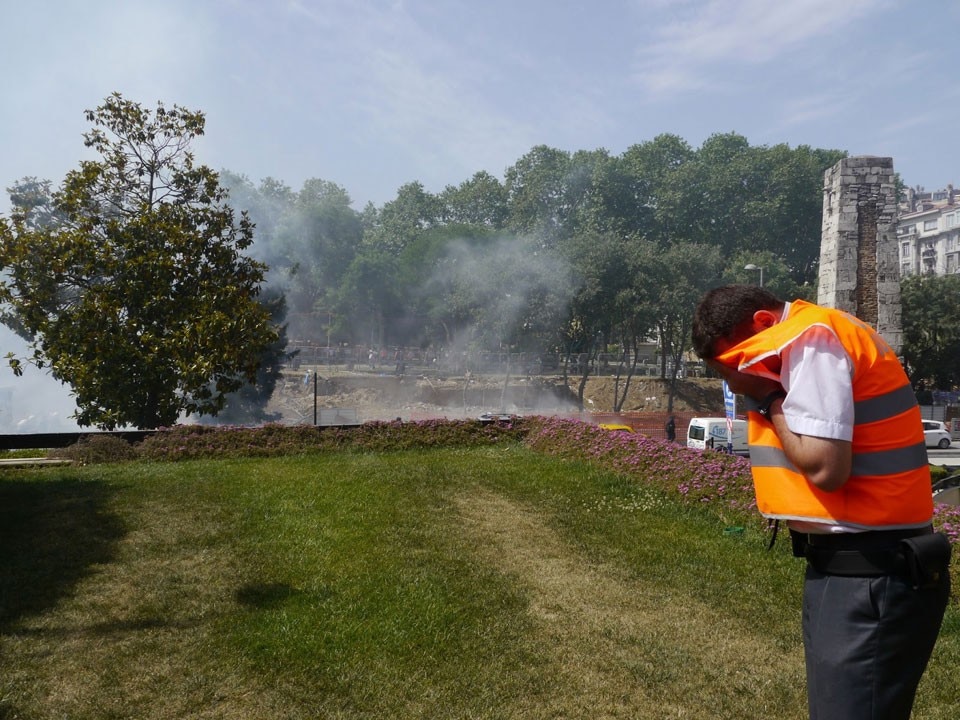Following the brutal dispersion and attacks on protesters occupying Gezi Park, in the centre of Istanbul, in protest against the construction of a new shopping mall that would eradicate one of the last remaining green spaces in the centre of the city, Domus publishes an account of the events by sociologist and professor Pelin Tan, with pictures by activist Eunseon Park. As news outlets in Turkey remain silent and social network usage in the country has become limited, the latest developments on the protests — which have spread to several other cities in Turkey — can be followed through #occupygezi, #direngeziparki, and this live feed.
The transformation of the the urban environment has become a usual strategy for the government and municipalities in Turkey. For the Turkish government, new urban policies have become a justification for acts of segregation, encouragement of a neoliberal capitalist lifestyle, the progressive indebtment of citizens, exploitation, racism, corruption and the installment of a “state of exception” that violates human rights.
Originally an urban movement, the occupation of Gezi Park has transformed into a public movement. It is not only about protecting a green space and protesting against the construction of a new shopping mall, rebuilding a previous Ottoman military barrack in order to strengthen the pro-Ottoman identity. Instead, the occupation is a symbol of “being together”, commoning together, in spite of our differences in Istanbul. Here, people from different classes and environments gathered, and neighbourhood and cultural movements were involved before political organisations and opposition groups.

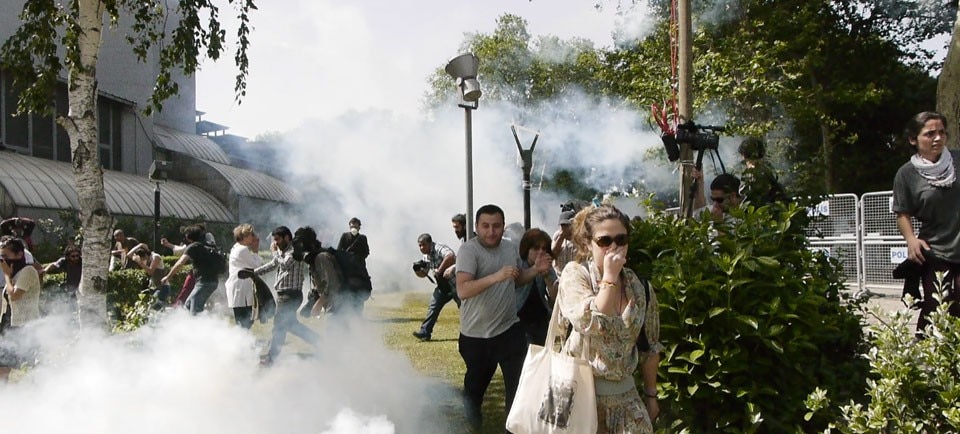
The tear gas is a strong chemical that disables you and leaves you half blind. Several people were injured. Luxury hotels around the park, such as Divan Hotel & Patisserie, let the protesters in, helping them. People moved to the nearby Taksim square, which is currently partially under construction — the government wants to create a highly surveilled pedestrian area, a project which has been deeply criticised.
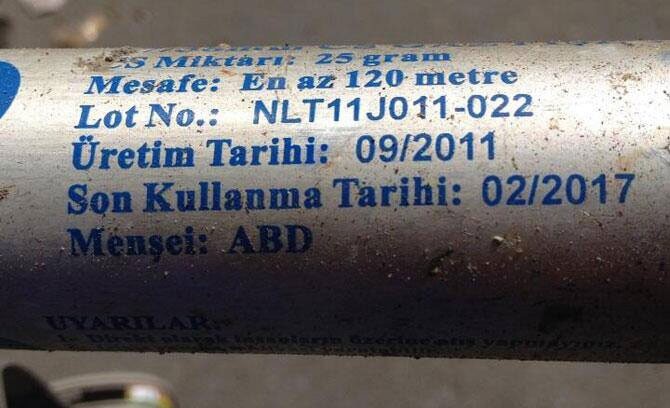
The peaceful protest moved to the entrance of Istiklal Street, one of the city's main pedestrian streets and a touristic area, and the police followed with tear gas and water cannons at around 12:45 — 1 PM. This time, the police started to shoot capsules of teargas by targeting individuals. They threw a tear gas bomb into the Taksim square subway station and closed the doors, so that even small children and passengers in the subway were affected. This was the start of a chemical war against the citizens.
The media was silent. Coverage was censured. Shortly after 5PM on Friday 31 May, news broke that the a court in Istanbul suspended the shopping mall project in Gezi Park. We are not still sure what does this means — it could be either signify the success of an intervening urban policy, or justify the detention of protesters. Some significant fashion brands and business communities already announced publicly that they won't be in this future possible shopping mall project.
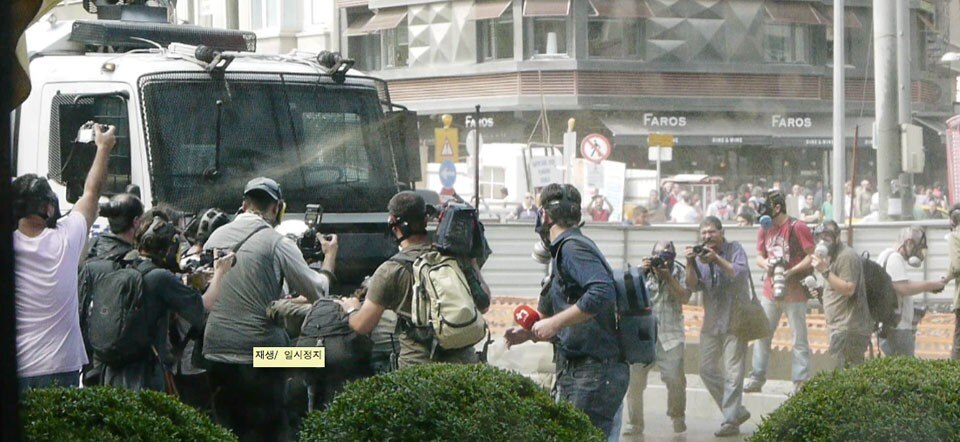
Thus the protest expanded through Istiklal and nearby areas. By 7PM, the protesters gathered in thousands, not only in Istiklal street, but in other districts and the Anatolian side at Kadıköy. Police started using teargas with helicopters around İstiklal, Beyoğlu, Tarlabaşı, Harbiye, Şişli and so on. Facebook, Twitter and personal visual recordings became the most important vehicles to disseminate what is going on. The teargas was everywhere; it seemed smoke in the Istanbul air.
From 7PM onwards, the police started shooting plastic bullets. Around 10PM, we were informed that more buses filled with police forces were on their way to block both ends of Istiklal Street, and the police was waiting for permission to shoot real bullets. Hotels, hospitals, cafes, high schools and other public spaces announced they were opening to host the injured, while shopkeepers offered them lemon and medicine. All public squares were full until this morning. A public bus driver used the bus as a barricade against the police force in order to protect people being attacked. Civil police was trying to break ATMs and harm other public spaces in order to accuse the protesters the next day.
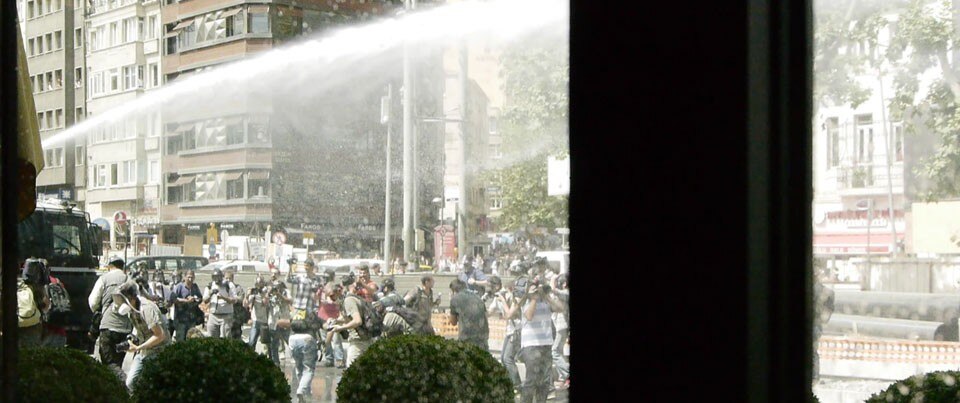
Some people started to walk from the Anatolian side, crossing the Bosporus Bridge. Other cities in Turkey were full in support of the protection of a small green park, which became a symbol for the for the right to “breathe” in the urban space, against an authoritarian government. All cars and buses were honking, showcasing their support. The Hilton Hotel managers and staff were proud to host injured people. Meanwhile, its front neighbour, the İTÜ Architecture Faculty Taşkışla, closed doors to students, some of which were amongst the most active occupiers of the park.
Around 2AM, city inhabitants who couldn’t get out to the streets started a protest, clanking kitchen tools and pots from their windows. This was a buoyant sound that rose to the sky of the city; the sound of the revival of urban Istanbul. Pelin Tan
